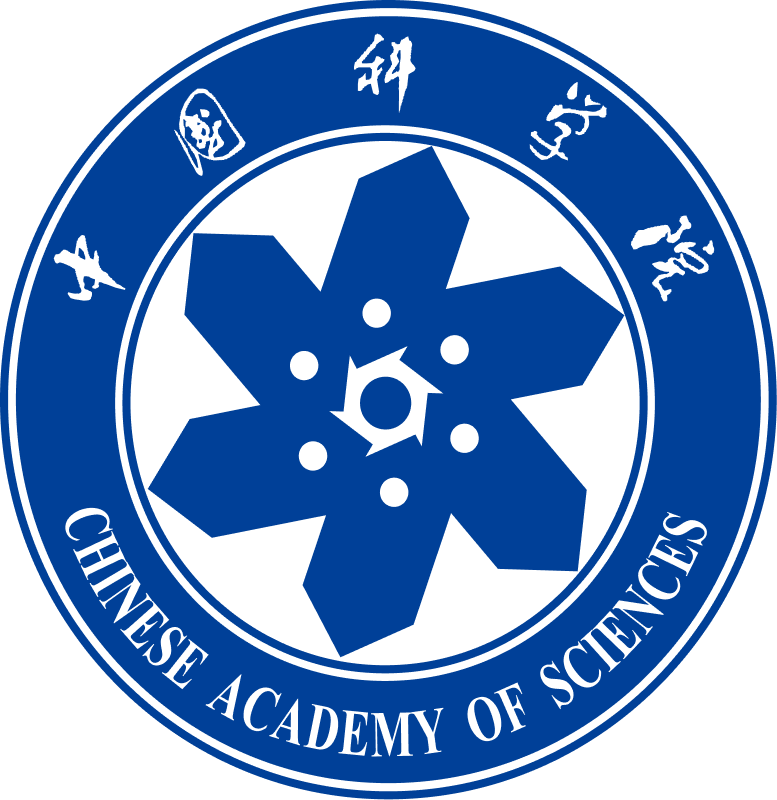Chiral electronic materials
Chiral molecules revolutionised organic electronics and optical communication.
The project investigated chiral π-conjugated molecules that introduce chirality to organic electronic and optical materials, which enables unique properties and applications. Enantiopure forms can act as chiral organic semiconductors or conductors for chiral electronics. This technology allows polarisation of light to convey information beyond intensity and wavelength, which is applicable in 3D displays, optical communication, quantum computing, and information encryption.
The research programme, a collaboration between the Shanghai Institute of Organic Chemistry, the Chinese Academy of Sciences, and the Department of Chemistry at the Chinese University of Hong Kong, focused on novel chiral π-conjugated molecules. The team developed asymmetric synthesis methodologies for axially chiral heterobiaryls and N-heterohelicenes. They designed and synthesised organic semiconductors and conductors using chiral π-skeletons. This project also fabricated high-performance chiral electronic devices, and combined expertise in asymmetric synthesis and organic electronic materials.
-

Original project funded for three years from 2024
- Chiral π-conjugated molecules
- Organic electronic materials
- Enantiopure organic semiconductors
- Optical communication
- Asymmetric synthesis techniques
Director

Qian Miao
Professor at the Chinese University of Hong Kong
Other projects




Stay in the loop!
Subscribe to keep up with the latest from Croucher Foundation.


